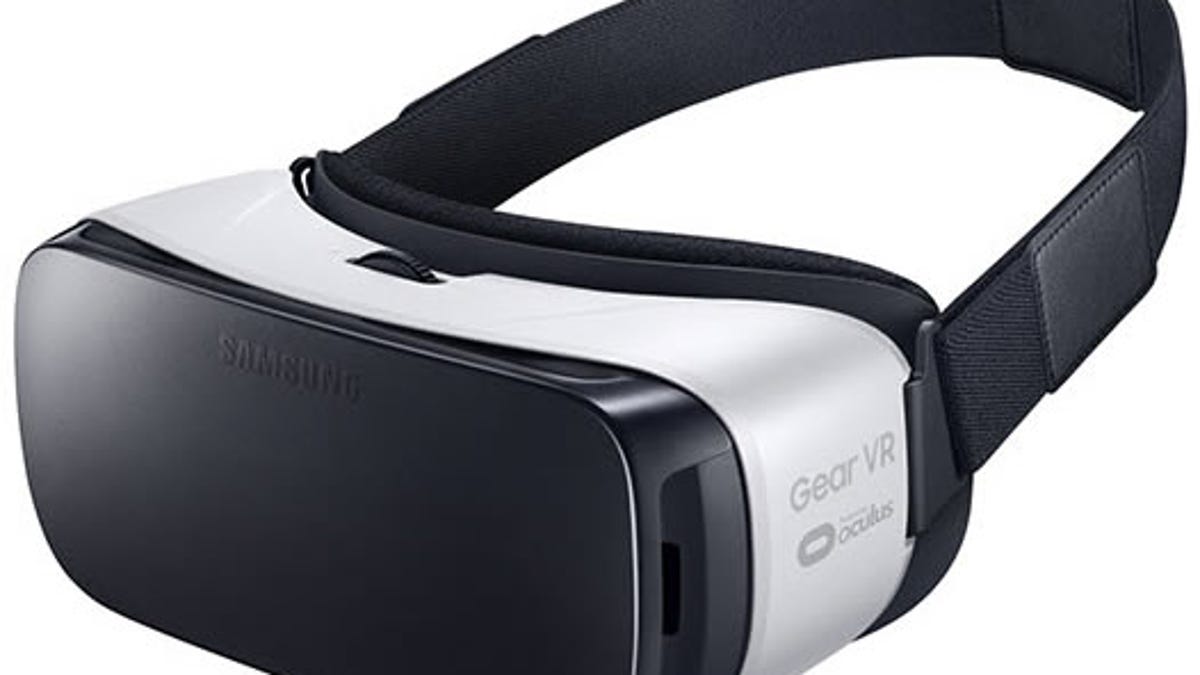Reality check: Your computer is most likely too weak to run VR headsets
Just 13 million PCs worldwide this year will have the graphics processing power necessary to render VR images properly, Nvidia warns.

Most computers don't have the processing muscle to adequately power virtual reality headsets like the Samsung Gear VR, Nvidia warns.
If you had your heart set on experiencing some of the adventures promised by virtual reality, you may have to shell out some more money before you begin your journey.
This year has been teased as the big coming out party for virtual reality, with several companies planning software and hardware releases that will transport goggle-wearing users to other 3D worlds. But to fully enjoy that journey, the graphics processor in your computer is going to have to be a lot stronger to render VR images -- about seven times stronger than the average power found in gamers' PCs today, according to Nvidia, the world's largest maker of stand-alone graphics chips.
Only 13 million PCs worldwide will have that kind of power in 2016, according to the Santa Clara, California-based graphics chip maker. That is less than 1 percent of the 1.43 billion computers expected to be in use this year, according to research firm Gartner data cited by Bloomberg.
"From 3D gaming to product design, to cinematic experiences and beyond,virtual reality promises to change the way we experience everyday things," Nvidia said in an emailed statement. "Delivering VR is a complex challenge, especially since immersive VR requires seven times the graphics processing power compared to traditional 3D applications and games."
Once confined to the realm of science-fiction movies like Walt Disney's "Tron," virtual reality is expected to be a top attraction at the Consumer Electronics Show next week in Las Vegas. So far only two headsets,Google's Cardboard and Samsung's Gear VR, are being offered to consumers.
Oculus Rift, Sony PlayStation VR and HTC Vive -- all of which are focused on high-end VR games and videos - are expected to be released this year, when industry watcher Juniper Research expects about 3 million headsets to be sold. By 2020, Juniper expects that number to hit 30 million.
The lack of adequate processor power isn't likely to temper the enthusiasm of fans hyping the devices or curtail the flood of developers creating all sorts of content. Major streaming companies Hulu and Netflix work with the devices, while game makers like Microsoft, Harmonix and Sony are preparing to offer games.
But the power warning appears to reinforce lowered expectations for how quick the uptake will be for VR devices first voiced by Facebook CEO Mark Zuckerberg, who pushed Facebook to buy Oculus last year for $2 billion.
"This is going to grow slowly," he warned in September. "If you think about the arrival of computers or smartphones, the first units shipped did not ship tens of millions in their first year. But they proved an idea and made it real."

